

Seasonal Variations in Acrylic Sheet Prices: What to Expect
Acrylic sheets are widely used across various industries, from construction and interior design to signage and retail displays. Like many other materials, the prices of acrylic sheets can fluctuate throughout the year due to several seasonal factors. Understanding these variations can help businesses and consumers plan their purchases more effectively and take advantage of lower prices when possible. Here’s what to expect regarding seasonal variations in acrylic sheet prices:
1. Supply and Demand Dynamics
a. Construction and Renovation Seasons: The construction and renovation industries experience peak periods, typically during the spring and summer months. During these times, the demand for acrylic sheets increases significantly, leading to higher prices. As construction projects ramp up, suppliers may face shortages, further driving up costs.
b. Off-Season Demand: Conversely, demand for acrylic sheets tends to decrease during the fall and winter months when construction activities slow down. This reduced demand often results in lower prices as suppliers aim to clear their inventories.
2. Weather-Related Factors
a. Production Impact: Weather conditions can directly impact the production of acrylic sheets. For instance, extreme cold or heat can affect the manufacturing processes, leading to reduced output or temporary shutdowns. These disruptions can cause supply shortages and price increases.
b. Transportation Challenges: Adverse weather conditions such as heavy snowfall, storms, or flooding can disrupt transportation networks, delaying deliveries and increasing shipping costs. These additional costs are often passed on to consumers, contributing to seasonal price hikes.
3. Raw Material Costs
a. Petrochemical Prices: Acrylic sheets are derived from petrochemical products. The prices of these raw materials can fluctuate based on seasonal factors, such as changes in crude oil prices. For example, during winter months, heating oil demand increases, which can drive up crude oil prices and, subsequently, the cost of petrochemical products.
b. Supply Chain Disruptions: Seasonal events such as hurricanes or monsoons can disrupt the supply of raw materials needed for acrylic sheet production. These disruptions can lead to temporary shortages and increased prices.
4. Festive and Holiday Seasons
a. Increased Demand for Displays: During festive and holiday seasons, the demand for acrylic sheets can spike due to increased retail activity. Stores often require more signage, displays, and decorations made from acrylic sheets, driving up demand and prices.
b. Promotional Sales: On the flip side, suppliers may offer discounts and promotions during certain holidays to attract customers and boost sales. These promotions can temporarily reduce the cost of acrylic sheets, providing an opportunity for cost savings.
5. Global Market Influences
a. Import and Export Trends: The global nature of the acrylic sheet market means that international trends can influence local prices. For instance, increased demand from overseas markets or changes in trade policies can affect supply and pricing.
b. Currency Exchange Rates: Fluctuations in currency exchange rates can also impact the cost of imported acrylic sheets. A stronger local currency can make imports cheaper, while a weaker currency can increase costs.
6. Economic Conditions
a. Economic Cycles: General economic conditions, including periods of economic growth or recession, can influence the demand for acrylic sheets. During economic booms, increased construction and manufacturing activities drive up demand and prices. Conversely, during economic downturns, reduced activity can lead to lower prices.
b. Inflation: Inflationary pressures can cause a steady increase in the cost of acrylic sheets over time. Monitoring economic indicators can help predict potential price changes due to inflation.
7. Technological Advancements
a. Manufacturing Innovations: Advances in manufacturing technology can lead to more efficient production processes and lower costs. These savings may be passed on to consumers, resulting in lower prices for acrylic sheets during periods of technological improvement.
b. Product Developments: The introduction of new, innovative acrylic products can temporarily increase prices as consumers and businesses seek the latest offerings. Over time, as production scales up and competition increases, prices may stabilize or decrease.
Conclusion
Seasonal variations in acrylic sheet prices are influenced by a complex interplay of factors, including supply and demand dynamics, weather-related disruptions, raw material costs, festive seasons, global market trends, economic conditions, and technological advancements. By understanding these factors, businesses and consumers can better anticipate price fluctuations and plan their purchases strategically. For high-quality acrylic sheets and expert advice, consider visiting Tilara Polyplast, a trusted name in the industry.
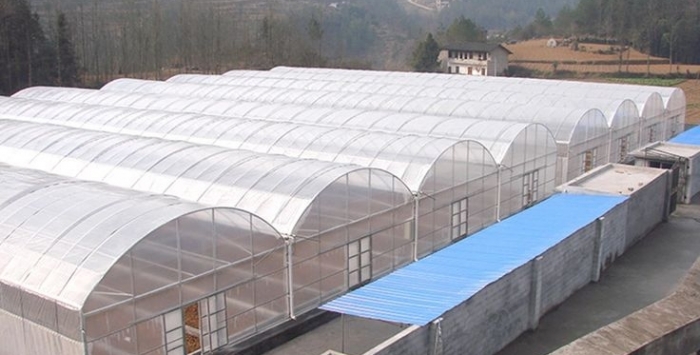 Turn their house into a home wit...
Turn their house into a home wit...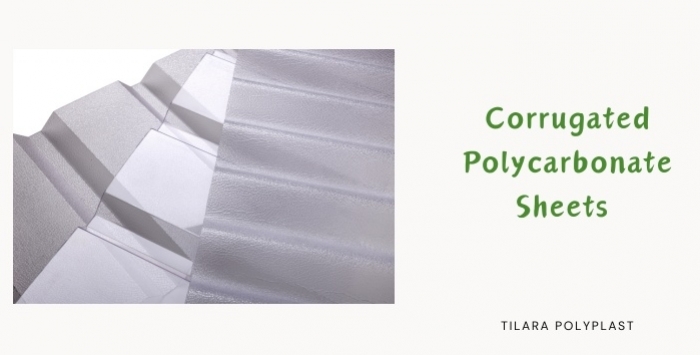 Corrugated Polycarbonate Sheets ...
Corrugated Polycarbonate Sheets ...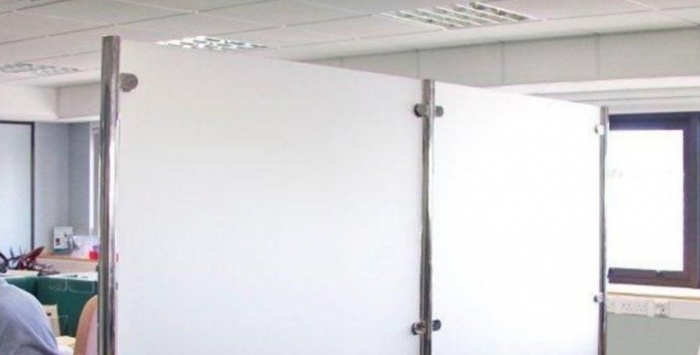 How Acrylic Design Sheets Can Tr...
How Acrylic Design Sheets Can Tr...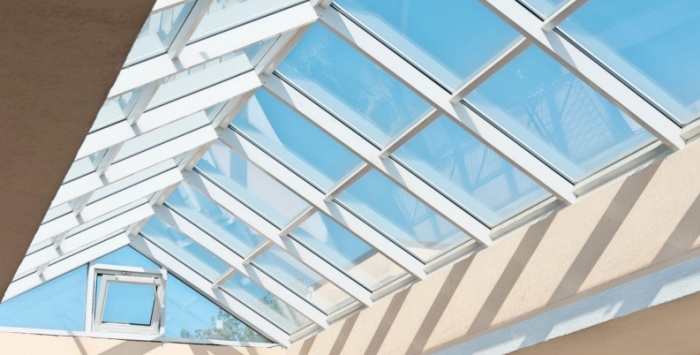 Tips for Finding Affordable Roof...
Tips for Finding Affordable Roof...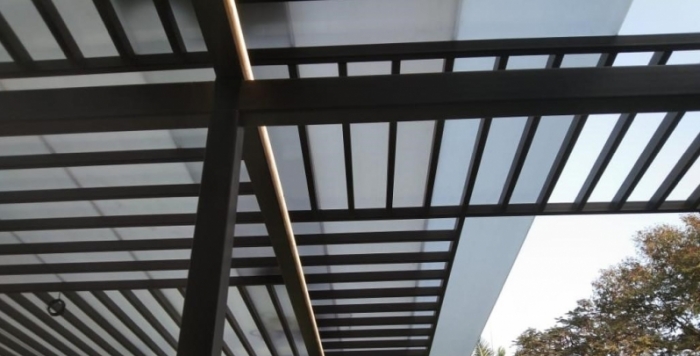 How to Estimate Polycarbonate Sh...
How to Estimate Polycarbonate Sh...